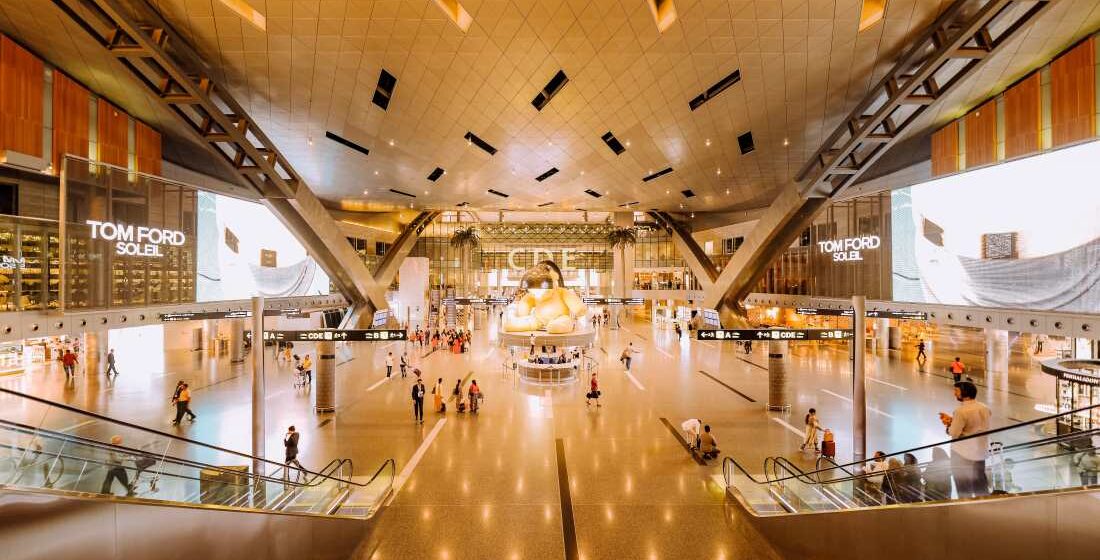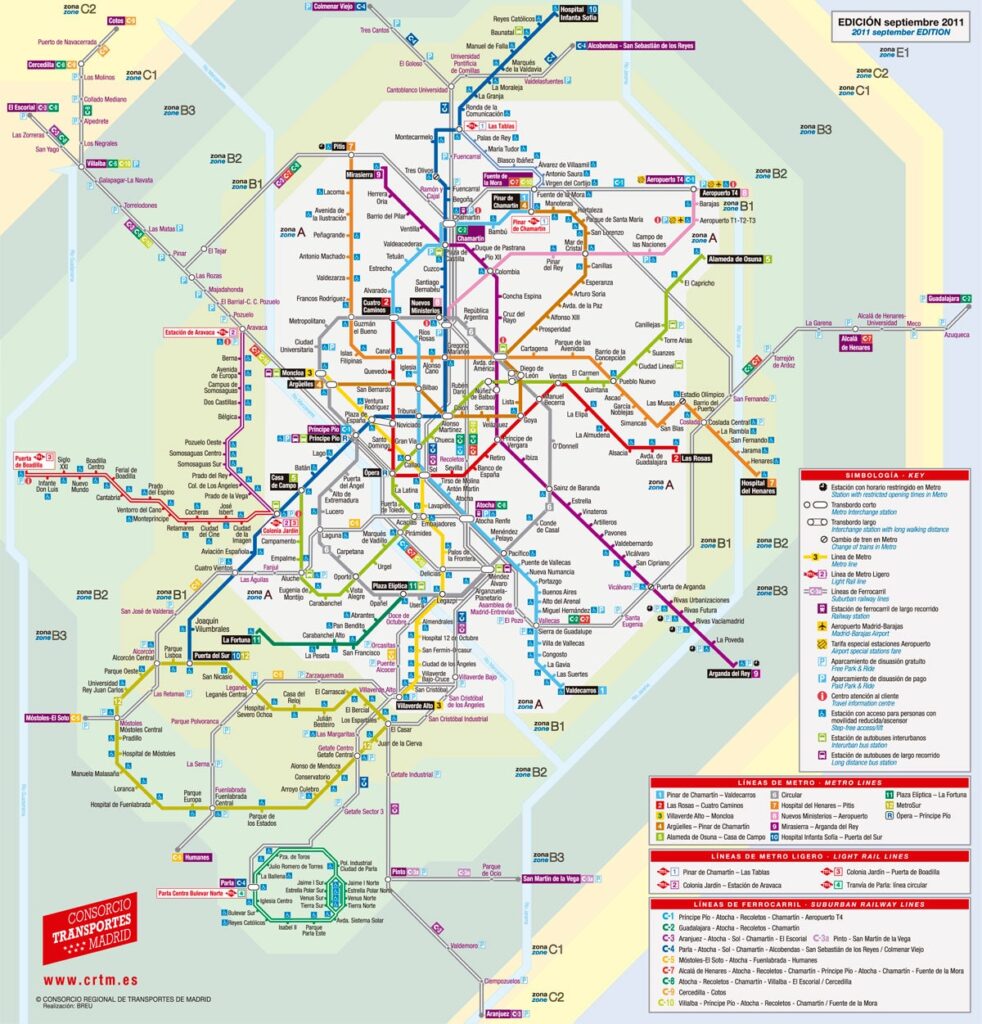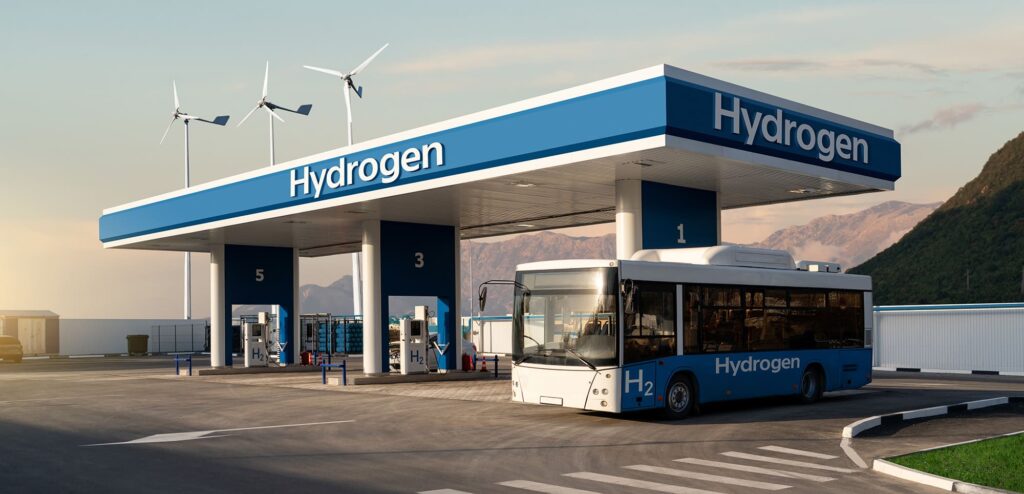Airport Management of Non-Aviation Revenue: Critical Reflection

This critical reflection aims to analyse some relevant aspects in the context of airport management of extra-aviation revenue (or non-aviation revenue, as it is commonly referred to). In this context, non-aviation revenue refers to the results of commercial activities not directly related to the application of airport fees or handling services, such as retail, advertising, car rentals, parking, among other aspects (ANA Aeroportos de Portugal, 2023).
The origin of this reflection was related to the reading of the scientific article “Changes in airport operating procedures and implications for airport strategies post-COVID-19” written by Choi (2021). In this article, the author focuses mainly on the commercial revenues generated within the airport, particularly through stores and restaurants, and their relationship with various factors, including the time spent at the airport. Thus, this critical reflection focuses on analysing this same aspect of non-aviation revenue, examining some of the topics raised by the author in this scientific article.
Analysis of Choi’s (2021) Scientific Article
In his article, Choi (2021) begins by contextualizing that his motivation for writing this paper was the changes introduced by the COVID-19 pandemic in airport management, leading him to analyse the consequences of these operational adjustments on non-aviation revenue. Furthermore, given the pandemic context, the author presents these commercial revenues as a possible solution for the survival of airports during this turbulent period in aviation, mentioning that airport management does not pay due attention to this type of revenue and that greater compatibility between operational management and commercial management should be pursued.
Additionally, Choi (2021) examines the determining factors to foster an increase in passenger spending in commercial facilities, concluding that they are mainly related to the following four aspects:
- Time – The longer passengers stay at the airport, the more likely they are to spend time in the airport’s commercial facilities.
- Income – The higher the salary level and/or personal income of passengers, the greater their propensity to spend on the airport’s commercial facilities.
- Location – The more convenient the location of each commercial facility in the airport, the more likely passengers are to spend at that store/restaurant.
- Environment – The better the environment of the commercial facilities, the more conducive the feelings awakened in consumers will be to foster spending impulses in those facilities.
During his research, the author sought to deepen the relationship between the aforementioned aspects and the generation of non-aviation revenue, based on a methodology applied to a set of data referring to about 275,000 commercial transactions in the duty-free shops at Incheon International Airport (ICN). Subsequently, Choi (2021) focused his analysis on the changes that COVID-19 caused in airport processes and, consequently, the impact of these changes on the generation of commercial revenues.
One of the author’s main conclusions in this scientific article is that increasing passengers’ time spent at the airport can be advantageous for the management of non-aviation revenue. More specifically, Choi’s (2021) study identifies that an increase in time spent at the airport has a considerable impact on increasing the expenditures of regular consumers but does not have a significant impact concerning generating new buyers.
Problem Discussion
In general, Choi’s (2021) work addresses quite relevant points about the airport management of non-aviation revenue. However, the analysis conducted in his scientific article raises some questions:
- Does airport management not give as much importance to non-aviation revenue as the author suggests?
- Are the determining factors for consumption, which form the basis of Choi’s (2021) analysis, well-identified?
- Is the applied methodology and the data set appropriate for the context?
- After studying the operational impacts of the pandemic, the author concludes that the time passengers spend at the airport is advantageous for generating non-aviation revenue. However, is the pandemic context representative of the reality of airports, especially regarding passenger behavior?
- Complementary to the previous question, could the increase in passengers’ time spent at the airport end up being disadvantageous?
These questions will be duly analyzed in the next chapter of this critical reflection.
Argumentation
Regarding the first question, it is important to mention that the management of non-aviation revenue is already an extremely relevant topic for many airports and has historically been gaining more influence in airport management. For example, in a sample of more than 20 European airports of varying sizes, non-aviation revenue represented only 41% of the total in 1983, but this value consistently increased, reaching 46% in 1993 and the 50% mark in 1998 (Graham, 2009).
Thus, the author’s introduction, stating that airport management does not always focus adequately on generating commercial revenues, does not fully correspond to reality, depending considerably on the airport. Possibly, at the time the article was written, this might have been true for ICN but may not be the trend at other airports where non-aviation revenue already represents more than 50% and is one of the main focuses of airport management. However, the author is undoubtedly correct when pointing out that even more revenue-oriented management is a crucial element for the survival and prosperity of airports, particularly relevant in a pandemic context (Rezcomm, 2022).
In line with the previous comment, it is also important to highlight that this study and its methodology were developed based on data solely from ICN, which can limit the extrapolation of conclusions to other realities. While there are similarities and parallels between different airports worldwide, significant differences can make conclusions valid for ICN inapplicable to other contexts and target populations.
Moreover, this study was conducted using data referring only to duty-free shops, under the pretext that duty-free is the most significant and representative component of an airport’s commercial revenues, according to the ATRS (2018). However, there may be limitations in directly correlating duty-free revenues with other non-aviation revenues, especially those from stores and restaurants. It is understood that Choi (2021) worked with the available data, but for this purpose, the author could have supported his analysis with a simple correlation analysis between these two variables or a literary source demonstrating a closer relationship between duty-free revenue and total commercial revenues.
Additionally, note that not all airports have the same representation of revenues from duty-free shops. Thus, once again, this fact may limit the extrapolation of conclusions drawn in this study to other airport realities. However, it is also good to keep in mind that these limitations can be easily overcome with some preliminary work comparing base conditions when replicating this type of study in other airports. On the other hand, a positive point to highlight is that there is room to deepen this research, and another way to overcome these limitations is to replicate this analysis in airports with different base conditions and draw conclusions about the similarities or differences between their results.
Regarding the methodology developed and the factors identified by Choi (2021) as determinants of passenger consumption, the literature is extensive and very diverse, making it difficult to draw specific conclusions. However, even from the author’s experience of this critical reflection in market studies related to retail at Portuguese airports, the considered factors appear to be adequately framed with reality. After reading the scientific article, it is concluded that the relationships presented by Choi (2021) regarding the factors in question and their influence on the eventual increase in generating commercial revenues are quite pertinent.
In the final phase of his analysis, the author of this scientific article focuses on the influence that the time passengers spend at the airport has on generating commercial revenues, drawing the main conclusions based on consumption metrics recorded during the pandemic period. However, the pandemic itself may have caused changes in passenger consumption behavior, regardless of their time spent at the airport. Thus, the increase in average passenger spending relative to time spent may be a coincidence rather than a causal relationship: for example, the true factor behind the increase in average spending per passenger could have been the difficulty in consuming the same products in off-airport locations, mainly due to the fact that there was much less control over the possibility of these locations being frequented by potentially infected consumers (making it safer to consume at the airport where, in principle, only tested or vaccinated individuals would be present).
Moreover, it should also be noted that the increase in time spent at the airport during the pandemic was mostly due to the need for additional or longer airport processes than usual, which did not necessarily allow passengers more time for consumption in commercial facilities. In the vast majority of cases, passengers’ time spent at airports during the pandemic was driven by the need to present COVID-19 tests or vaccination certificates at various stages of their processing, so once again, the relationship between time spent and increased average spending per passenger may be of a casual nature (rather than causal). This observation does not intend to discredit the possible relationship found by Choi (2021), which most likely has, in fact, some causal component, but rather to provide another perspective on the analysis and point out some limitations of this study that could eventually be further explored.
Finally, the main conclusion the author reaches in this scientific article is that the time passengers spend at the airport can be used to foster the generation of non-aviation revenue. Complementarily, Choi (2021) even points to the possibility of inducing longer stays at airports and manipulating gate allocations to stimulate an increase in commercial revenues. However, it is important to mention that these two aspects (time spent and gate location) are crucial in managing other aspects, particularly regarding passenger experience, a concept that is very popular nowadays.
Increasing time spent at the airport may contribute to a deterioration in passenger experience, as well as other aspects such as perceived quality and customer satisfaction indices. Therefore, caution is recommended in managing these aspects within the scope of generating non-aviation revenue, as it may have the exact opposite effect. In fact, despite not being easily measurable and ultimately being excluded from the final methodology, Choi (2021) himself mentions “environment” as one of the predominant aspects of passenger consumption behavior, and an exaggerated stay at the airport could contribute to a negative airport atmosphere and consequently decrease the willingness to spend in commercial facilities.
Conclusion
In conclusion, the study developed by Choi (2021) brings quite relevant considerations in the field of airport management of non-aviation revenue. Among various aspects, it stands out by identifying four determining factors to foster an increase in passenger spending in commercial facilities: time, income, location, and environment. Thus, for more effective management of non-aviation revenue, airport managers should focus their efforts on understanding these factors and eventually try to adapt them to generate higher commercial revenue, which is currently very important to ensure the sustainability of any airport.
However, this critical reflection warns of some aspects to be taken into account when analyzing the scientific article in question and its respective conclusions. On one hand, the parallel between what is representative for ICN and what is applicable in other airport infrastructures is not always evident. On the other hand, some aspects suggested by Choi (2021), such as increasing passengers’ time spent at airports, may end up having contradictory consequences, such as a deterioration in passenger experience and consequently a decrease in generating non-aviation revenue.
References
- ANA Aeroportos de Portugal. (2023). Relatório de Gestão e Contas 2022
- ATRS. (2018). Airport Benchmarking Report. Air Transport Research Society
- Choi, J. H. (2021). Changes in airport operating procedures and implications for airport strategies post-COVID-19. Journal of Air Transport Management, 94
- Graham, A. (2009). How important are commercial revenues to today’s airports? Journal of Air Transport Management, 15(3), 106–111
- Rezcomm. (2022). Accelerating recovery with non-aeronautical revenue. Extracted in January 2024 (online)
Latest news
All news
New study reveals how street network layout shapes urban mobility cultures across Europe
A collaboration including VTM’s Cristian Adorean uncovers fresh insights into the relationship between city design and travel behaviour. A new study published in Cities examines how the layout of street networks—measured as “circuity”—relates to varied mobility cultures across 41 European cities. Co-authored by VTM senior consultant Cristian Adorean, the research explores how urban environments shape […]

Key challenges to widespread adoption of clean hydrogen in urban mobility: a chicken-and-egg problem?
This is the third article of a trilogy about the application of hydrogen technologies in transport. The first one and the second one are still accessible on our website. Our previous article briefly introduces the tech under the hood of fuel cell vehicles (FCV) and their main advantages over battery electric vehicles (BEV). Depending […]
